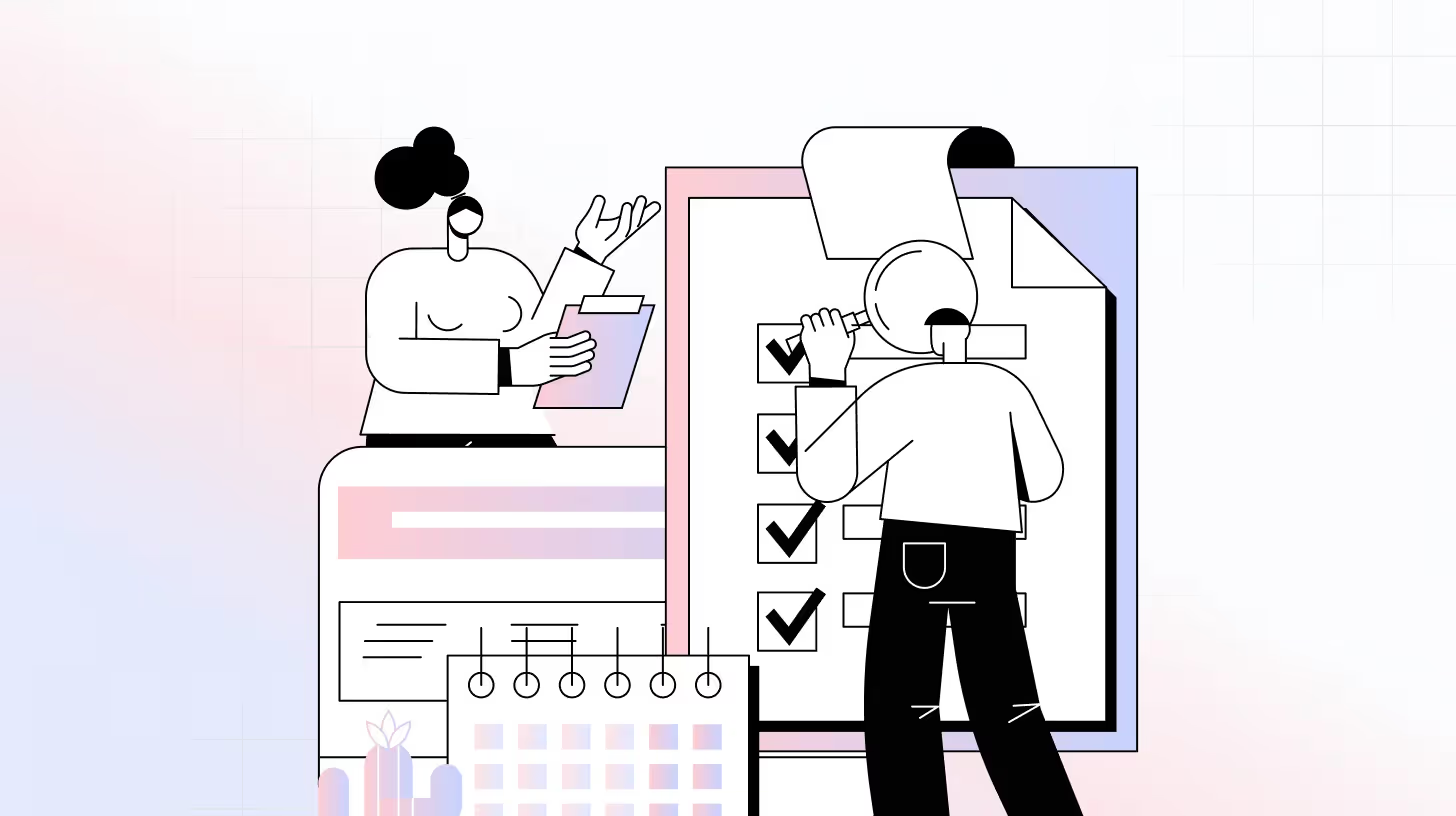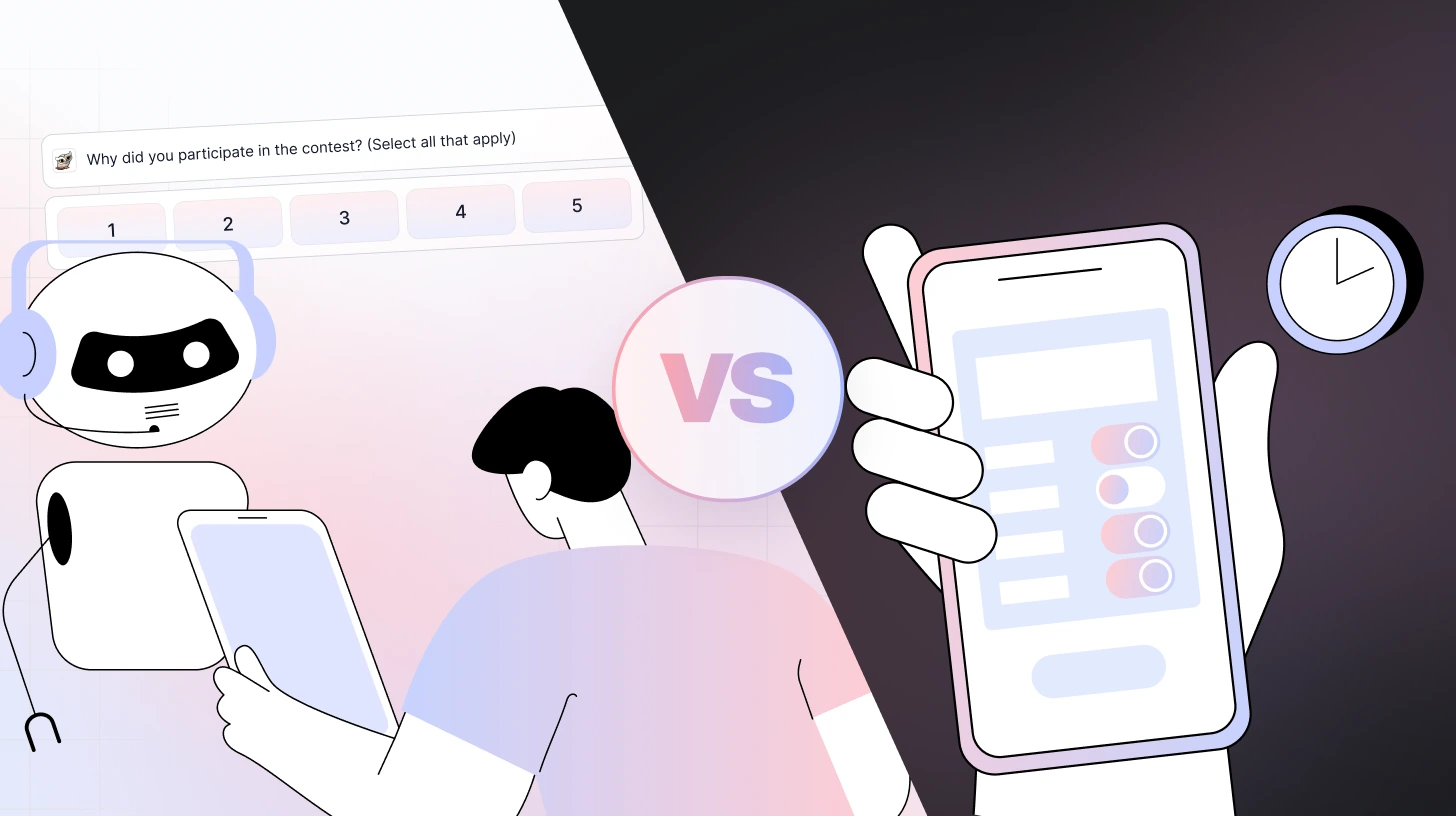 Blog
Blog The Reasons Why CROs and CCOs Are Surprised when Customers Churn
The Reasons Why CROs and CCOs Are Surprised when Customers ChurnThe Reasons Why CROs and CCOs Are Surprised when Customers Churn

You’ve seen it before. And as a revenue or customer leader, each time is just as painful as the last. When a customer leaves with seemingly no reason, we find ourselves wondering if we were missing the signals all along or if the warning signs of customer churn were ever really there in the first place.
As Chief Revenue Officers (CROs) and Chief Customer Officers (CCOs), we often ask why customers churn despite our best efforts. We try to give them the best experience possible, from leading-edge product features to high-touch customer service – so why are they leaving? After countless hours of analyzing data, developing customer feedback loops, and implementing retention strategies, churn should be low, right? Not necessarily.
It isn’t enough to simply understand what customers want; we need to create a value-based connection with them to ensure long-term loyalty. But value means different things to different customers. Let’s look at where we can untangle the twisted web of expectations and start delivering on the brand promises our customers are looking for.
Shifting From “Feelings” to “Data” When it Comes to Customer Churn and Retention
When the notice of non-renewal arrives, the moment of reflection begins: “What went wrong?” The answer to this question is vast and perhaps has nothing to do with your product. Some seismic shifts within their organization may have prompted them to make a decision that caused your ripple effect. Whether the product adoption wasn't significant enough to continue the investment, the internal sponsor left, or their own budgets were slashed, the “why” still requires reviewing your data to look for potential clues to their departure.
Even the most evolved organizations use the available data to try and stay on the pulse of their customers to prevent unavoidable churn. Let's examine the three most common data points used to predict a customer's likelihood to continue their agreement with your organization:
- Product usage
- Internal employee opinion
- NPS/CSAT surveys
Even with monitoring tools like Pendo and Mixpanel, you’ll need to append more than just metrics to get a comprehensive user journey. Like those customers, you may be seeing or hearing the feedback you want to hear rather than what you need to be hearing. For example, when it comes to product usage, it’s worth noting whether there is full adoption of the product, any power users, and the period of time, you’re evaluating the usage.
The same perspectives may be jaded or biased regarding anecdotal customer feedback from CSM or AM team members. Their job is to form relationships, and if they’ve done a solid job, it can cloud how their customers give feedback and to what degree of clarity.
Lastly, while NPS/CSAT scores may provide an organization’s stakeholders with greater data-backed metrics compared to other benchmarks of customer feedback, there’s a chance it won't always be cleanly sourced or reflective of all users. For example, the survey may not have only reached those users who have potential to provide the most valuable insights or reached them after a particularly high or low usage point with the product. To gain an accurate understanding of customer retention through data rather than just feelings and anecdotal feedback, you must carefully consider and select various metrics and how you consistently source them.
Attempting to predict future outcomes with your customers using data-backed resources is one thing. Actionably changing it by empowering your entire organization is another. It’s key to engage your broader team members in reducing customer churn and improving the customer journey.
Also Read: Real Reasons for Customer Churn and Fixes
Making Everyone a Stakeholder in SaaS Renewals and Accountable for Customer Churn
Successful SaaS renewals aren't about making everyone a stakeholder; they're about getting the right stakeholders on board. Both customer success and sales leaders play important roles: customer success leaders ensure customers receive what they were promised. In contrast, sales leaders lead the charge in representing their brand and fulfilling the vision they initially sold.
What’s more important for your organization is that these two teams offer the best direct access point to decision-makers at your customer organizations. Their relationships can set up your larger team for success and provide a key source of strategic insight regarding product and marketing feedback, focusing on potential areas of opportunity and improvement. It might sound like a tall task, but when these roles work together, they can create an incredible team that makes SaaS renewals feel like a win for everyone involved.
After organizing the internal team for success, you also need to continue ensuring your customers are set up for continual success – delivering value to their business and as your brand champions.
Revenue Follows the Brand Advocates
Selling solutions is the end game of every business, full stop. It keeps the lights on for your organization, sustains careers, and simultaneously builds a vision for your offering and employees' future. But selling solutions goes beyond exchanging money for a product that solves a need.
The most successful organizations at selling have built fierce advocates for their brand and vision into the fabric of their existence. These people view your product as an essential part of their lives — the individuals who strongly believe in your offering that they recommend it to everyone around them. You know, consumer brands like Apple, Tesla, and Nike. These organizations also exist in the B2B world. So, what steps can you take to achieve this?
Every customer-facing stakeholder must aggressively pursue and position the two sides of customer value. Both sides must exist together for brand advocacy to exist. First, your organization must meet and deliver upon the customer objectives. This may seem simple, but it's a core foundation for brand loyalty.
Second, and perhaps most important, is delivering upon the unstated customer needs. This is where the challenging but most valuable part of building brand advocacy takes place. The challenge lies here because you can only capture so much with human-to-human interactions. Any organization stakeholder gets a small sliver of the customer experience and business context with each interaction. So, during those interactions, you must aggressively probe for risks and growth opportunities along the customer journey to understand how you can continuously reframe yourself as a vendor that fits their fluid points of need.
Stop the Cycle of Customer Churn
Like many solutions to a common problem, the answer lies in proactively approaching your renewal strategy. An effective strategy begins by understanding where customers feel discontent and points of friction far before their renewal date through continuous customer feedback. This means managing all points of communication in both directions to improve customer retention. Your organization can break the continuous customer churn cycle and transform transactional customers into an advocacy program by tracking success over time and staying aware of customer sentiment. Ready to see what true advocacy can look like in action?
Schedule a demo today and start on the path toward better customer retention.















.svg)